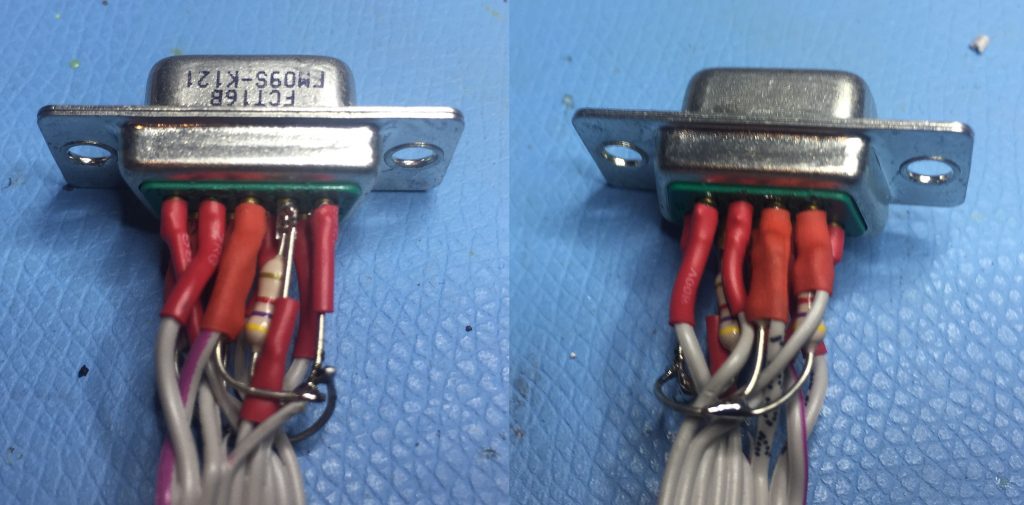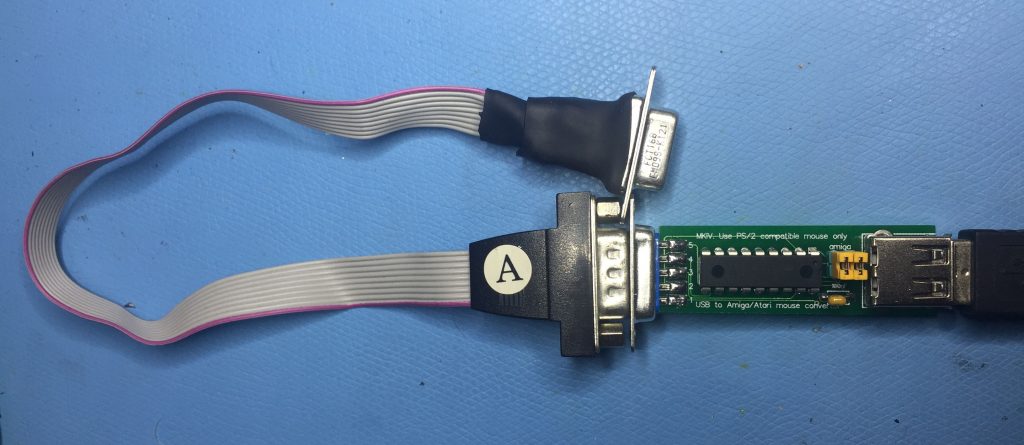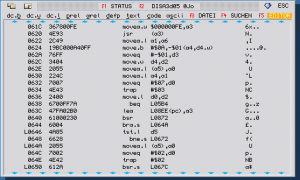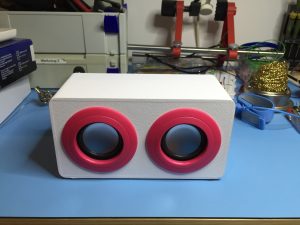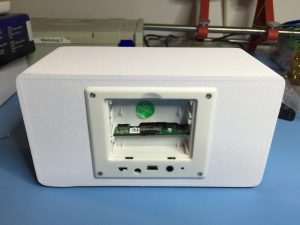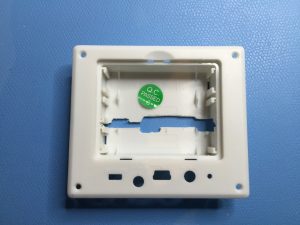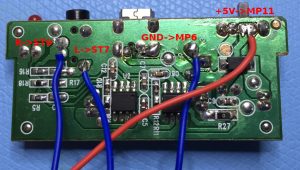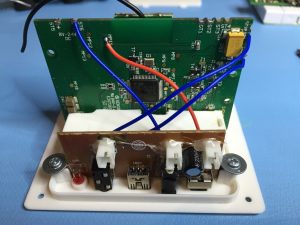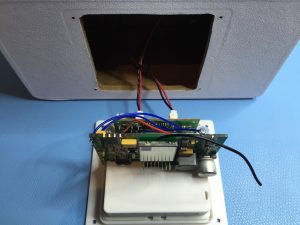Mice for the QL always have been kind of a problem. In the age that predated USB by two decades there was simply not the one mouse standard to rule them all. Every system did pretty much its own thing and getting a mouse that actually worked wasn’t that easy to begin with. In fact I have never even owned a mouse for the QL that worked right out of the box, every mouse had its electronics ripped out and replaced by something else to work with my trusty SuperQBoard clone. This posed a problem for me as I have recently resurrected my trusty QL but apparently the mice were thrown away at some point or other. Jochen Hassler kindly gifted me one of his old mice, but it was brown with age, the ergonomics is questionable and I really didn’t remember what a pain the ball-based mice were to use compared to their optical brethren.
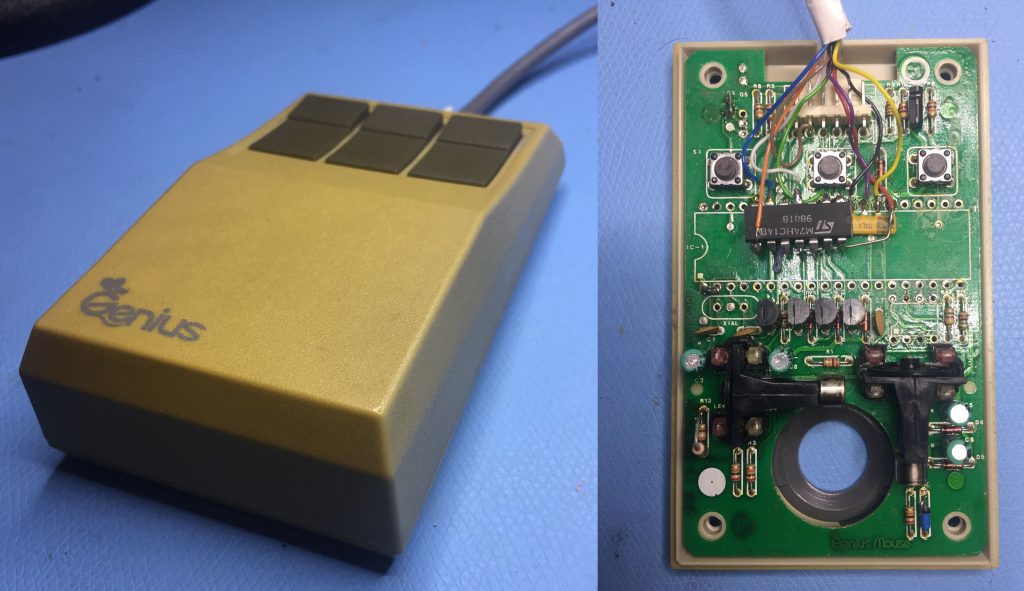
This lead to the idea of implementing a converter, like taking a cheap Arduino Pro Mini to interface a modern USB mouse to the old SuperQBoard port. Fortunately before starting such a project I had a look at what’s already there and found the “New MKIV Amiga/Atari USB mouse adapter” for about 16€ plus postage. Atari mice are generally the type used for the QL, too, so I just bought it. The first tests a few days later weren’t that encouraging, nothing worked at all. So I had a look at the schematics of the SuperQBoard and found out that although electronically it’s Atari/QIMI compatible, it used a completely different pin layout!
Long story short, this is the pin mapping I came up with
| SuperQBoard | QIMI/Atari | Signal |
| 1 | 9 | Right button |
| 2 | 6 | Left button |
| 3 | 1 | XB |
| 4 | 3 | YA |
| 5 | 7 | +5V |
| 6 | 4 | YB |
| 7 | 2 | XA |
| 8 | 5 | n/c or middle button |
| 9 | 8 | GND |
After building a suitable adapter cable the optical mouse began to light up, indicating the power is there, and the buttons worked, too, indicating a working mouse protocol on the USB side (or rather PS/2 side really, the adapter only works with mice that can speak the PS/2 protocol over the USB connector) but the pointer only moved very erratically. So after some hair pulling (as if I still had any) I went back to the schematics and saw that apparently unlike QIMI my SuperQBoard clone only had pull-up resistors on the mouse button lines and not on the lines responsible for X/Y movement! So I decided to integrate them quick&dirty style into the adapter cable:
And what can I say, it worked so smoothly it was a pure joy to use.
So, lessons learned:
- The adapter might be used together with a QIMI interface right out of the box
- SuperQBoards used a pinout different from QIMI
- SuperQBoards might be lacking the necessary pull-up resistors
- Hardware tinkering is still fun
